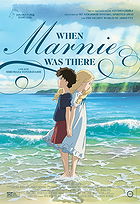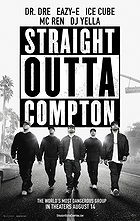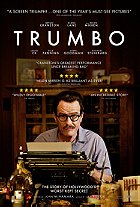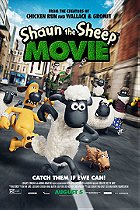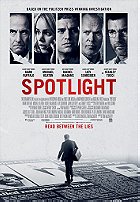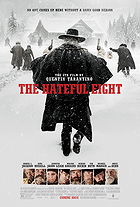If any grand dame of cinema deserves a vehicle for remind us what a tremendous actor she is, it’s Charlotte Rampling. Her charisma is so hard to define, she practically exists as a mystique, and her stare is so hard and withering, her beauty still so disarming, that it’s impossible to look away from the emotional ruptures she brilliantly portrays. Never one to shy away from underplaying a scene, Rampling goes minimalistic here to great effect, producing one of the most enigmatic final scenes of the year.
45 Years is not a one-woman show, although it is close to it, but closer to a pas de deux between Rampling and Tom Courtenay as an elderly British couple preparing for their 45th wedding anniversary. When a letter arrives, detailing something from Courtenay’s past, it begins a journey of emotional ripples that soon transform into tidal waves. A polite English drama this is not.
In quietly telling this story, 45 Years reminds us that symbols of the past and memories can be overwhelming and oppressive, things we live under the constant weight of. Rampling’s face during a scene where her character sneaks off to the attic to view old slides, detailing a prior romance between her husband and a long-dead lover, a sense of slowly encroaching haunting emerges in her eyes. Later when she awakens in the middle of the night, she hears the sea breeze and waves of the slides in the middle of her house. That seemingly innocuous letter has major ramifications in the short days leading up to the wedding anniversary.
These scenes could easily lead towards actor-y overindulgences and histrionics, but director/writer Andrew Haigh knows what he has with his two actors. He simply points the camera and shoots, getting out of their way, and crafting a minimalistic atmosphere that teeters towards observational cinema despite being fiction. The fissures in the central romance are built step-by-step, coming to a head one night during which Rampling delivers a monolog which seers with anger and resentment underneath a calm exterior, spitting out phrases about how this long-dead love has colored everything in their life, and her perfume haunts the air.
Everything about the film is a master class, including Haigh’s musical selection, no more telling a moment or quiet a commentary on the entirety of the piece than the song “Smoke Gets in Your Eyes,” which they’ve chosen to use as their dance in the party. Those lyrics are practically a synopsis of the emotional undercurrents at play here, and that dance communicates so much. Filmed in medium shot, it watches as Courtenay leans into Rampling, clearly loving the moment, while Rampling keeps halting and disengaging, before finally breaking away. What is going on behind her face? There’s a multitude of emotions behind it, and they’re all so engrossing and disturbing. Still waters run incredibly deep in 45 Years, one of 2015’s very best.
 Login
Login
 Home
Home 95 Lists
95 Lists 1531 Reviews
1531 Reviews Collections
Collections
 0 comments,
0 comments, 